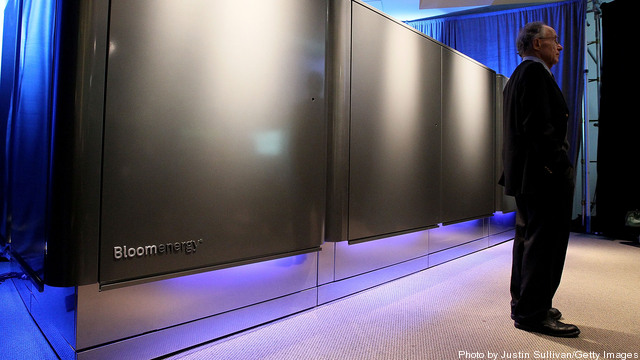
The burgeoning global smart grid industry is beginning to consolidate as governments around the world look to use their energy resources more efficiency and limit carbon emissions without sacrificing electric reliability.
Siemens announced on Monday that it would acquire its long-time strategic smart grid partner, California-based eMeter, for an undisclosed sum, with the deal set to take effect mid-to-late December. eMeter specializes in smart meter data management software and is most famous for its EnergyIP platform, which can provide, readout and manage data produced by smart meters throughout a power grid. Keep reading →









Energy Politics Supercycle Falters: AOL Energy Comment
By Peter GardettMarkets run in cycles; we are all at the mercy of ups and downs in the macro and micro. Commodities markets, including those for energy, are often held to the dictates of “supercycles.” Infrastructure for commodities is so expensive, development timelines are so lengthy and the underlying shifts in demand and supply occur over such long phases that energy prices and resulting investments rise and fall over decades, not months.
The modern energy economy was born in one great supercycle around the middle of the twentieth century, and we are still its heirs. In the wake of a privately-sponsored boom in energy technology development and deployment in the 1920s, the US government responded to the inequities of the Great Depression of the 1930s by investing in huge electrification projects, choosing technologies, firms and energy types by fiat as it went. Keep reading →